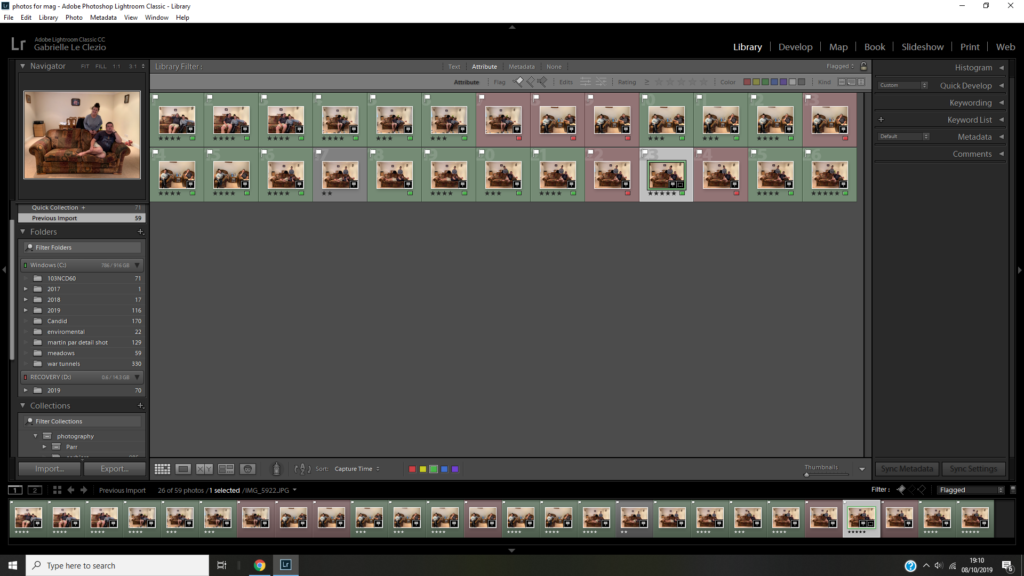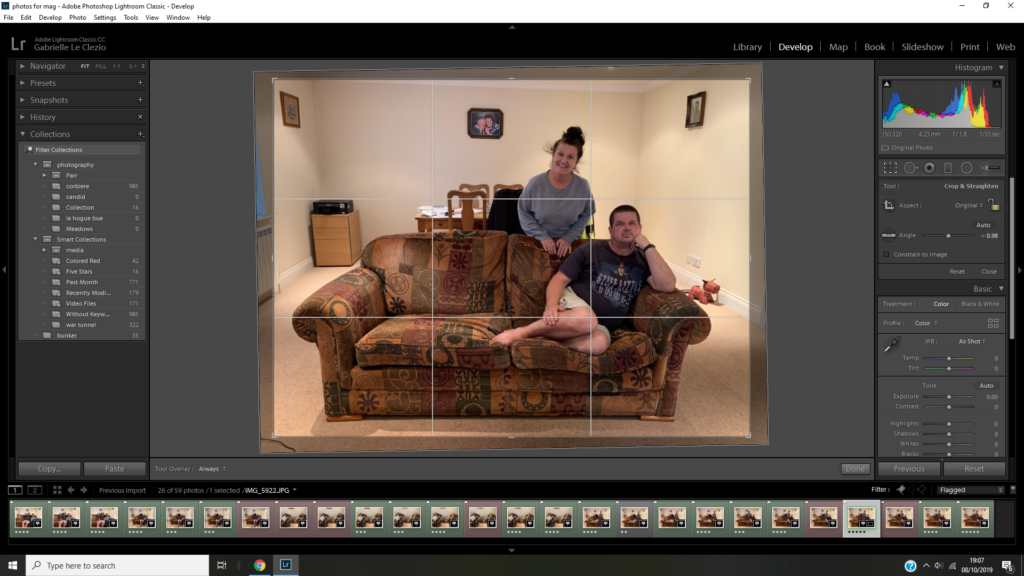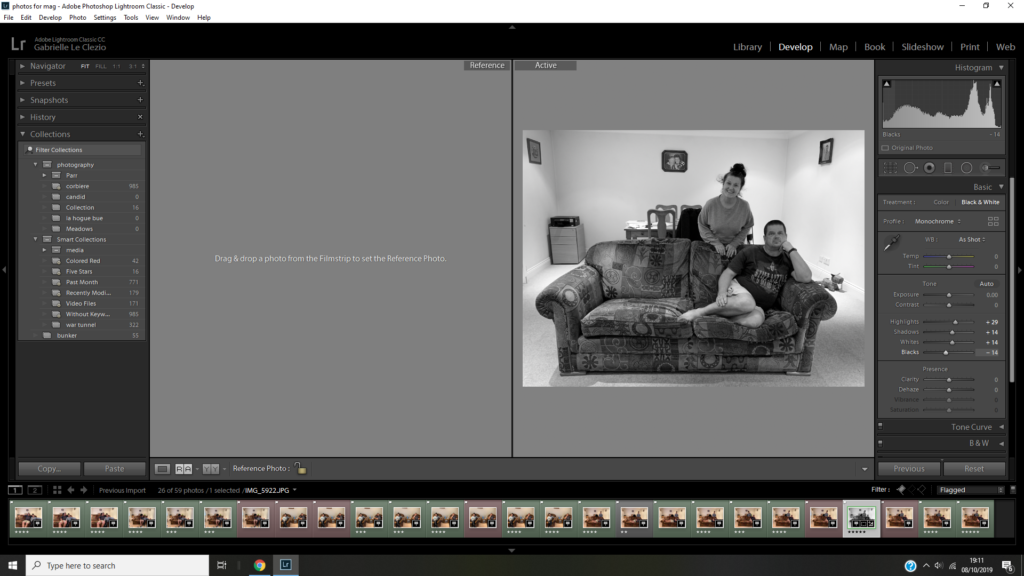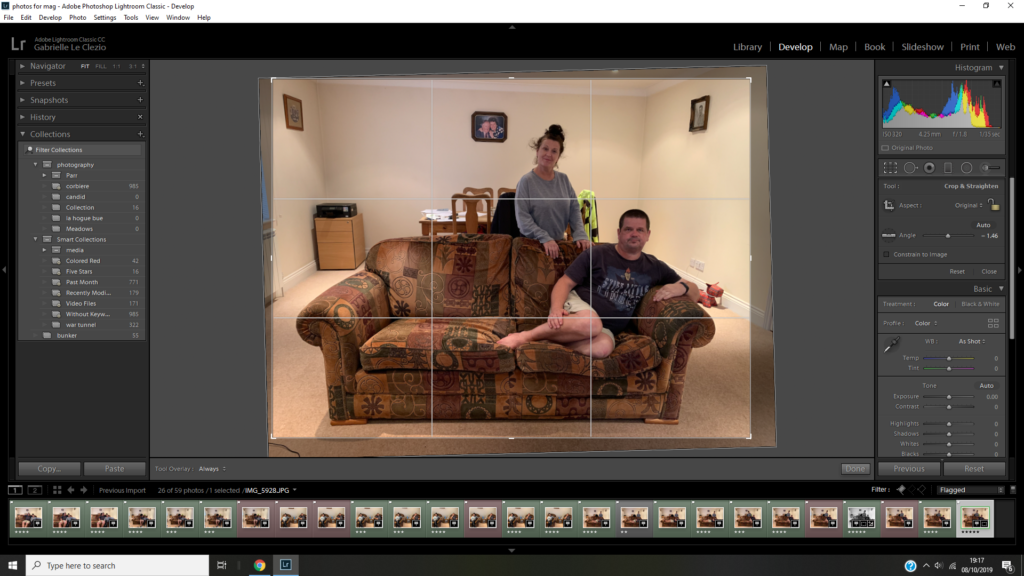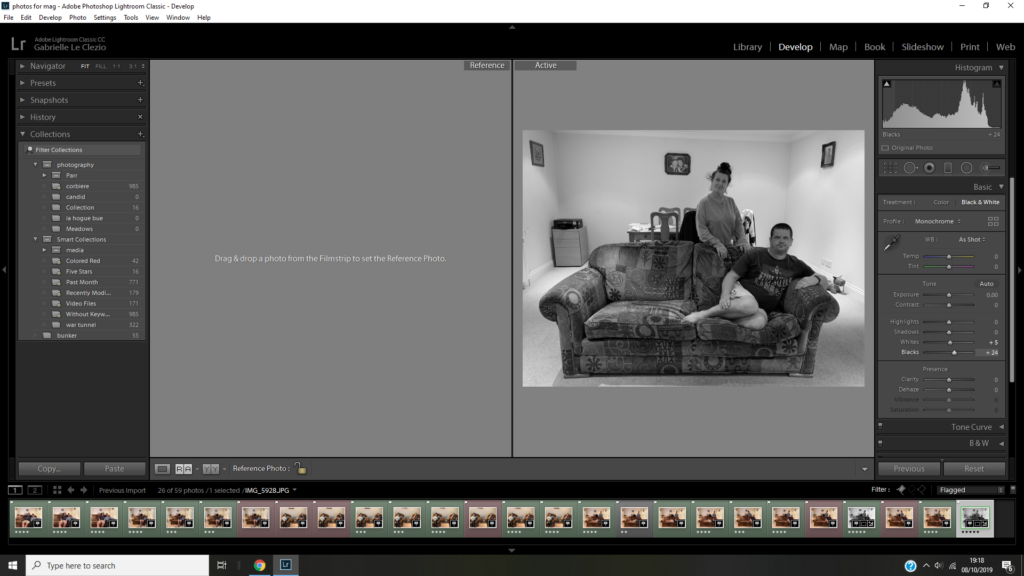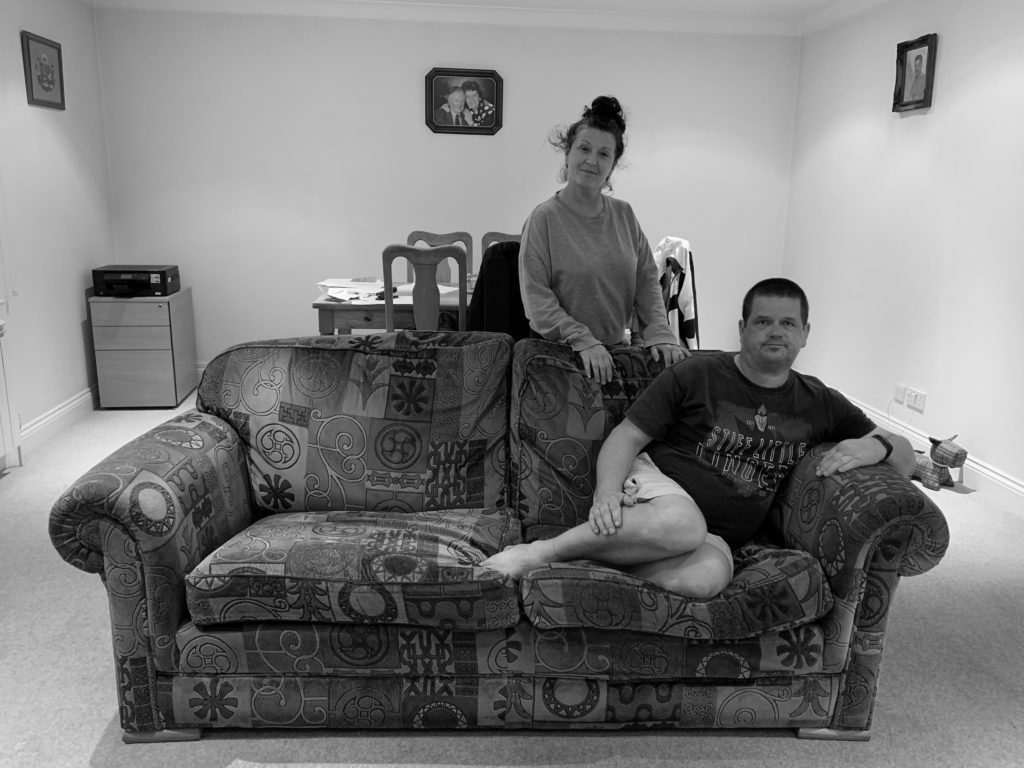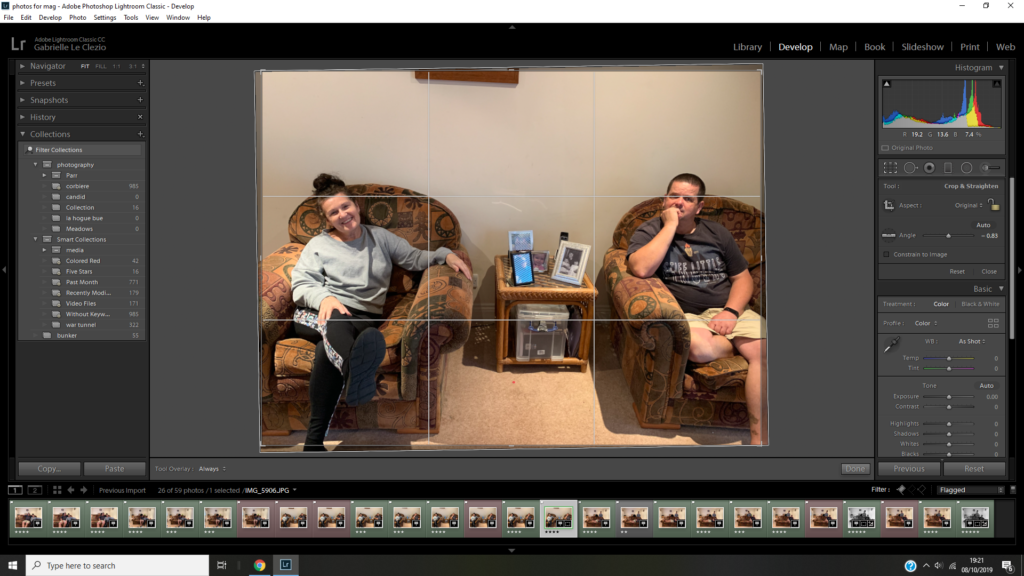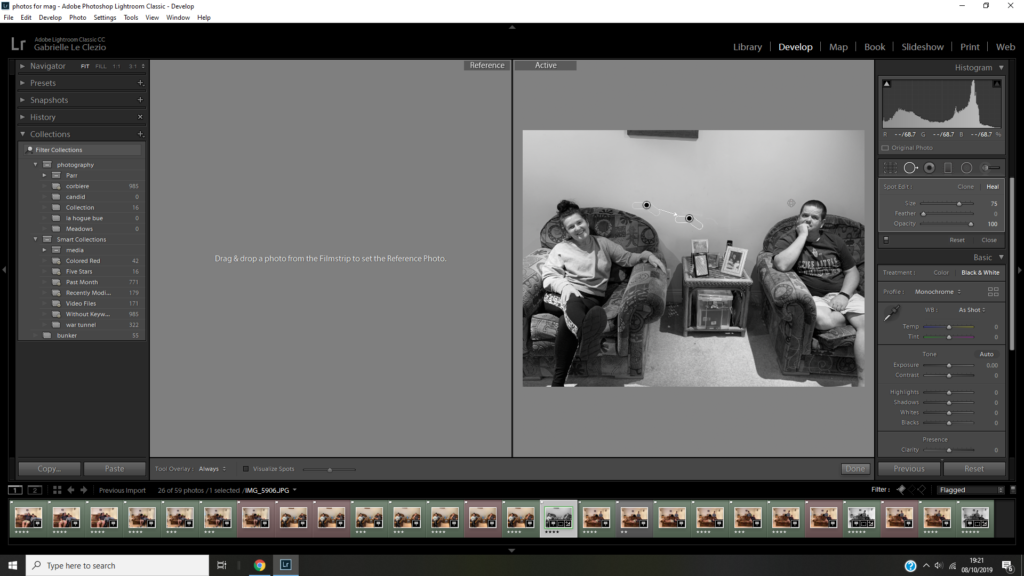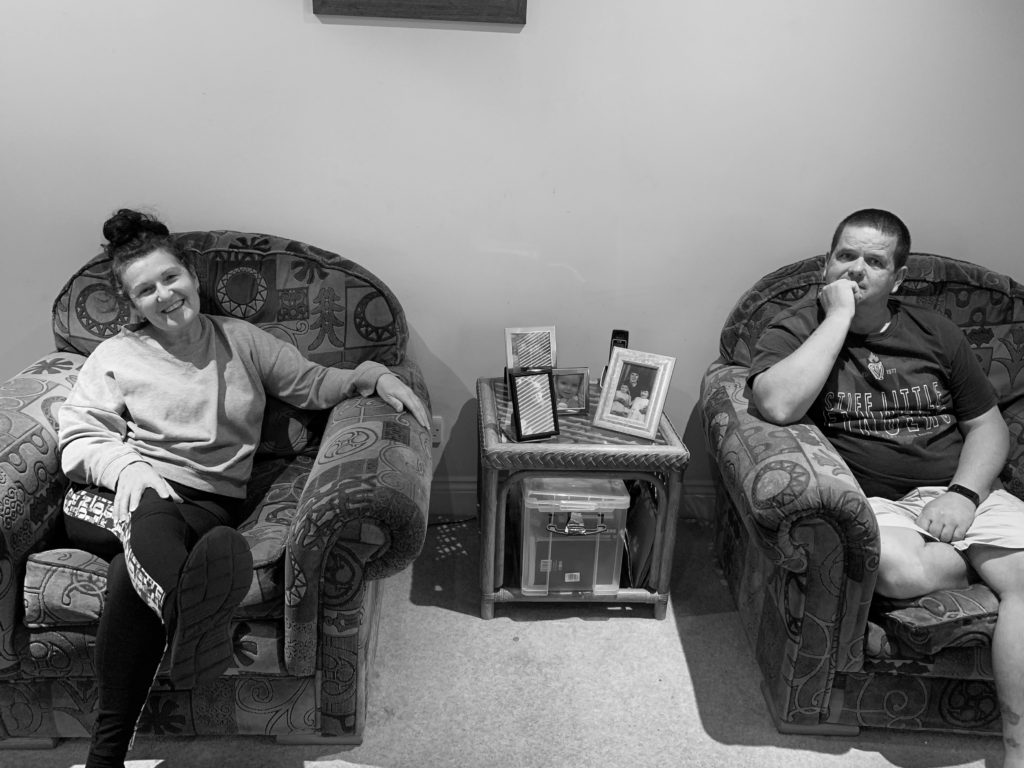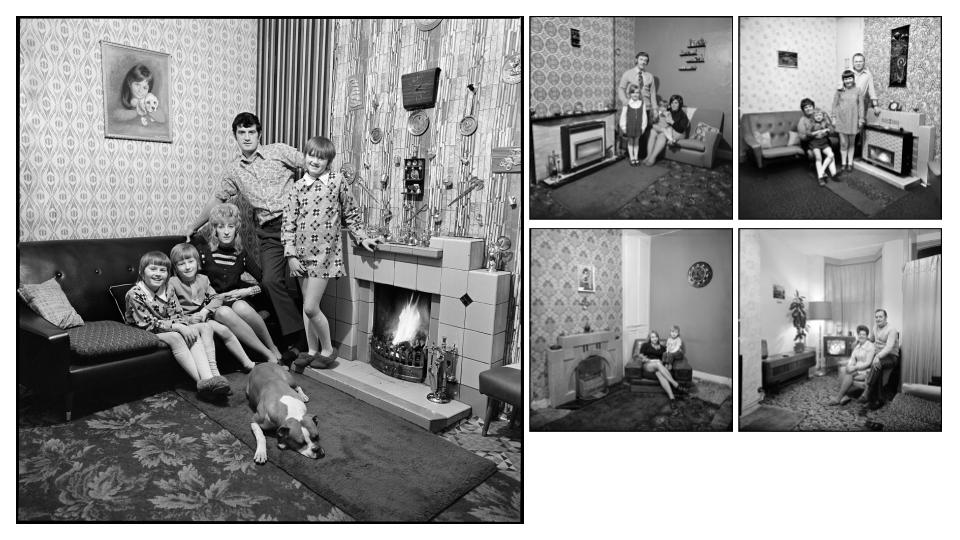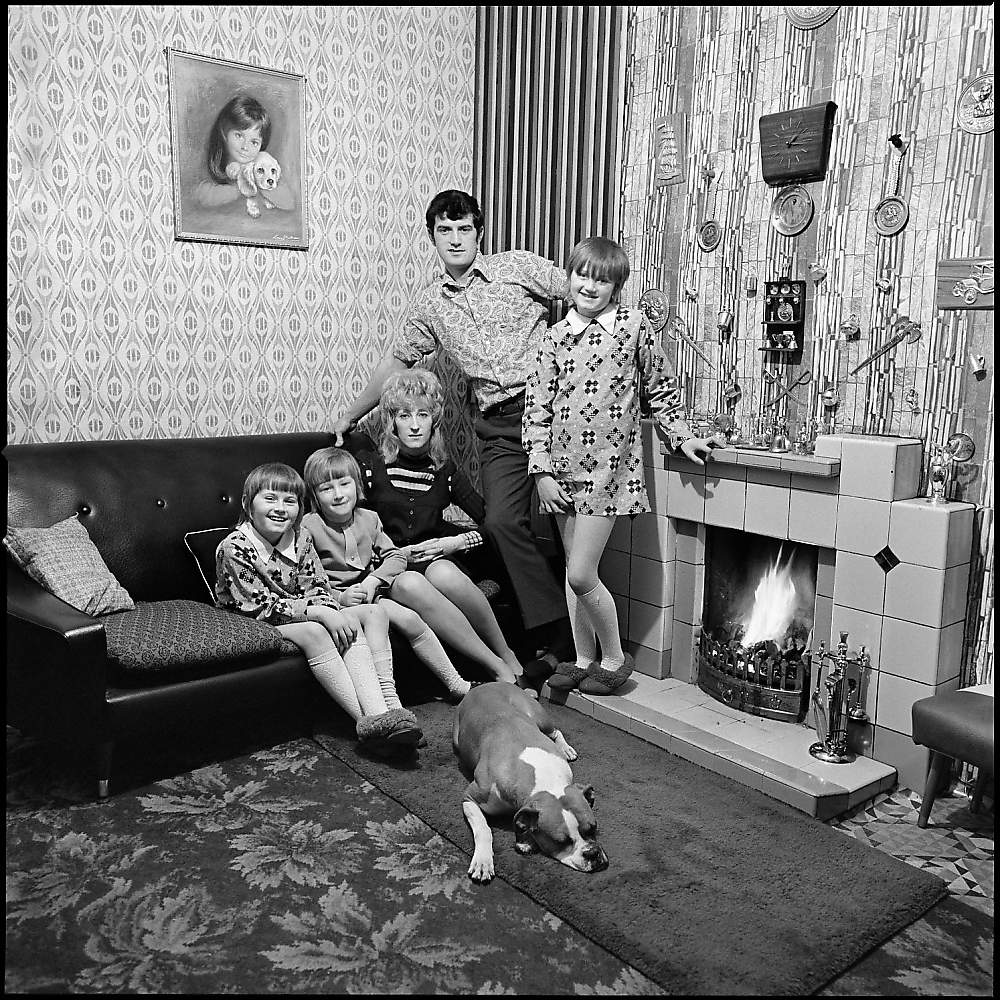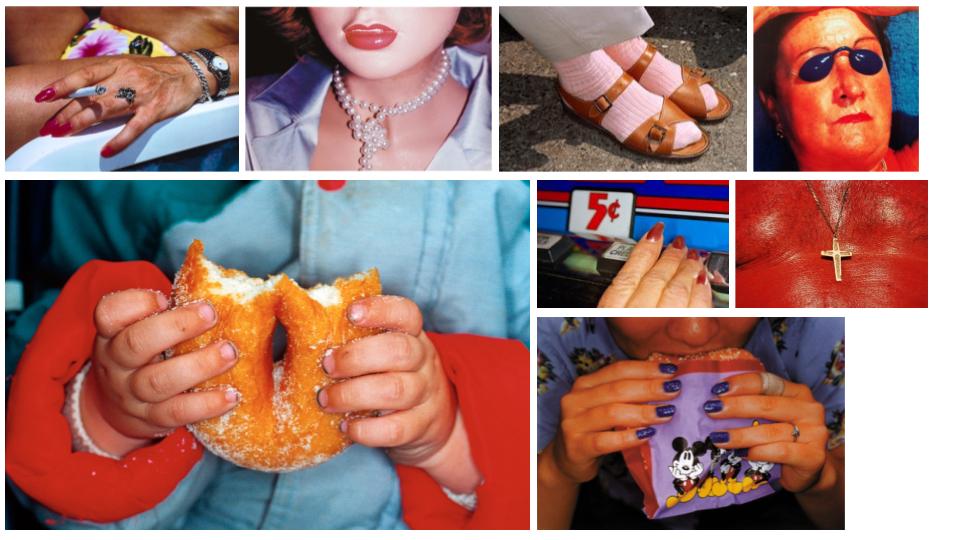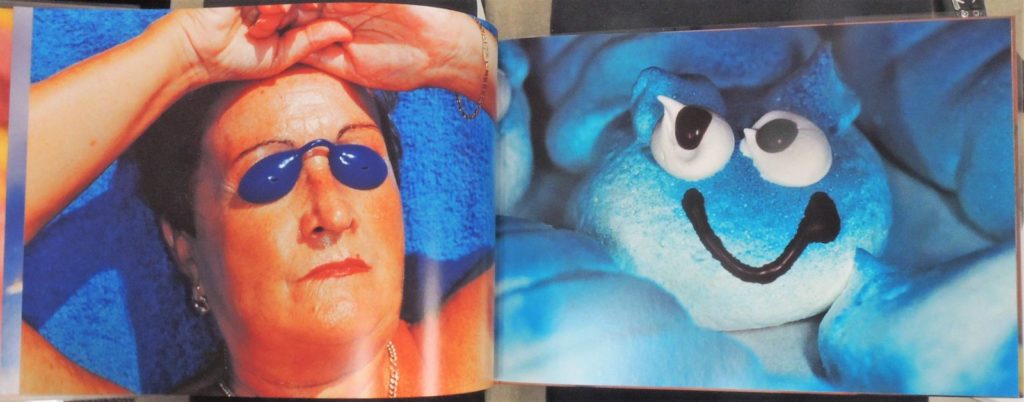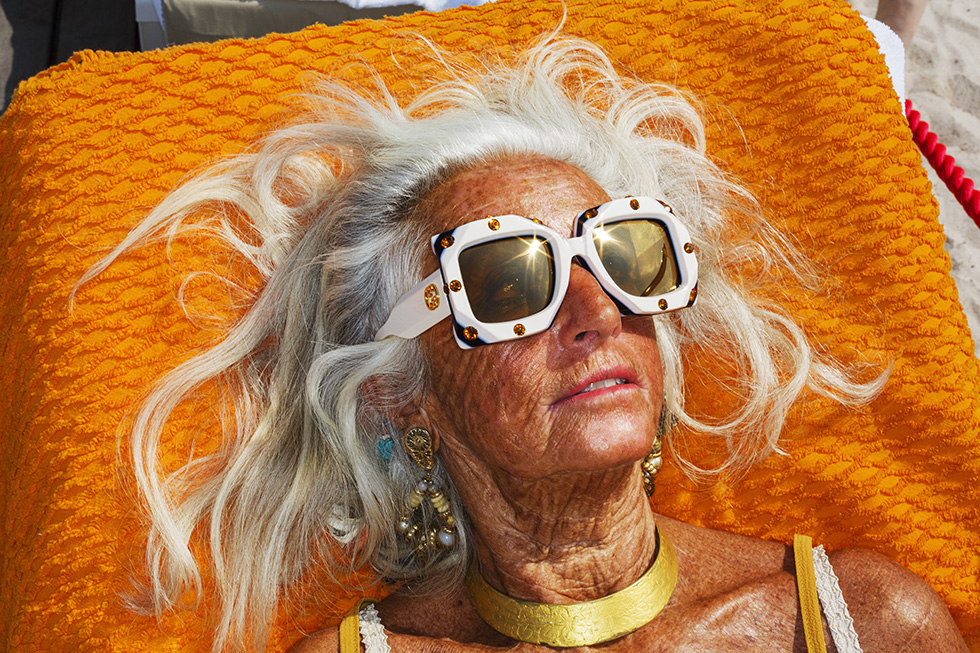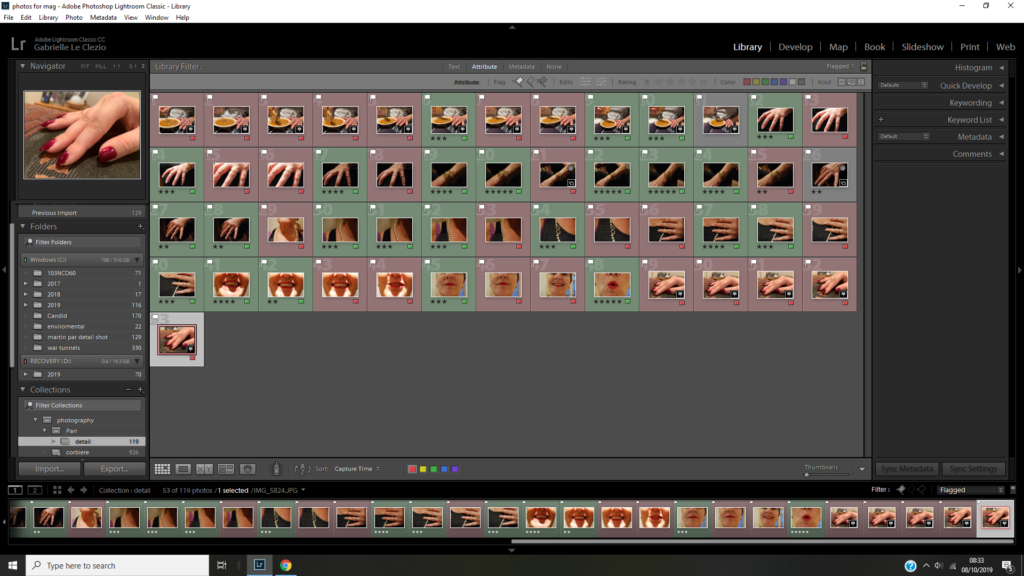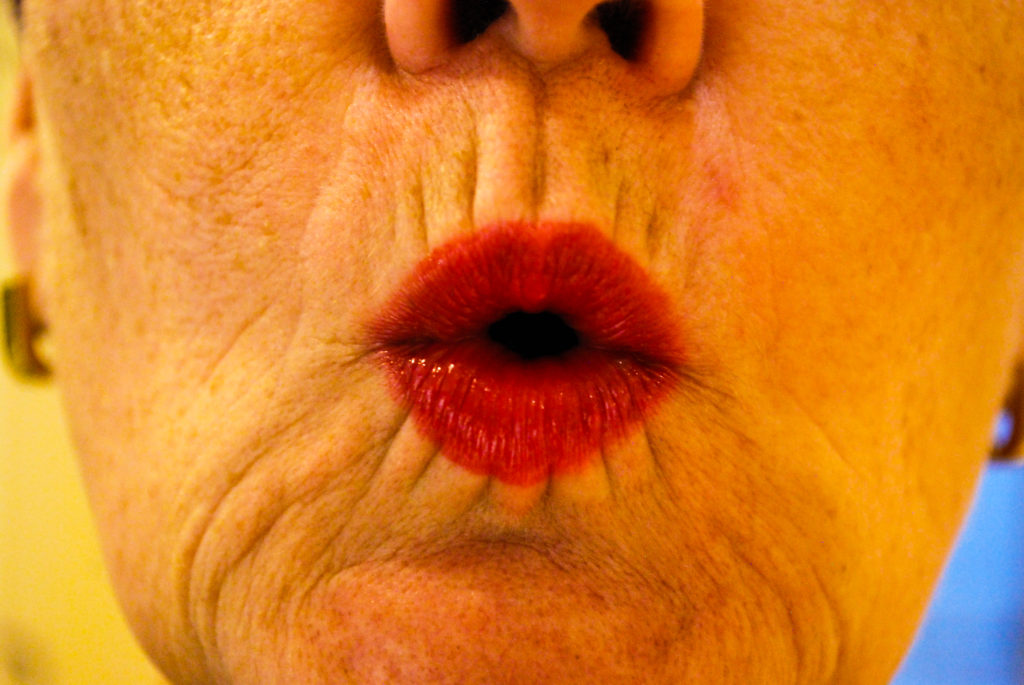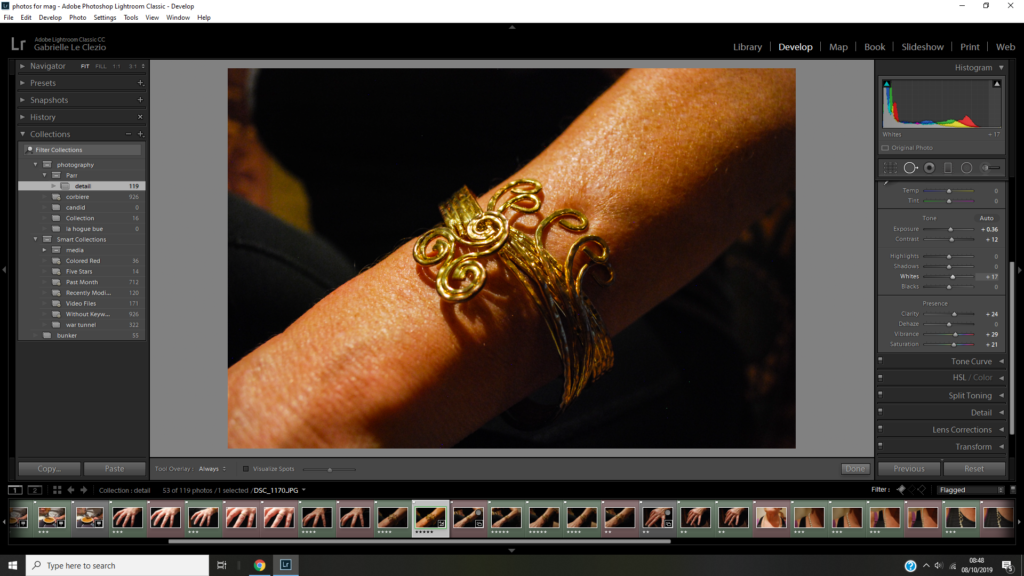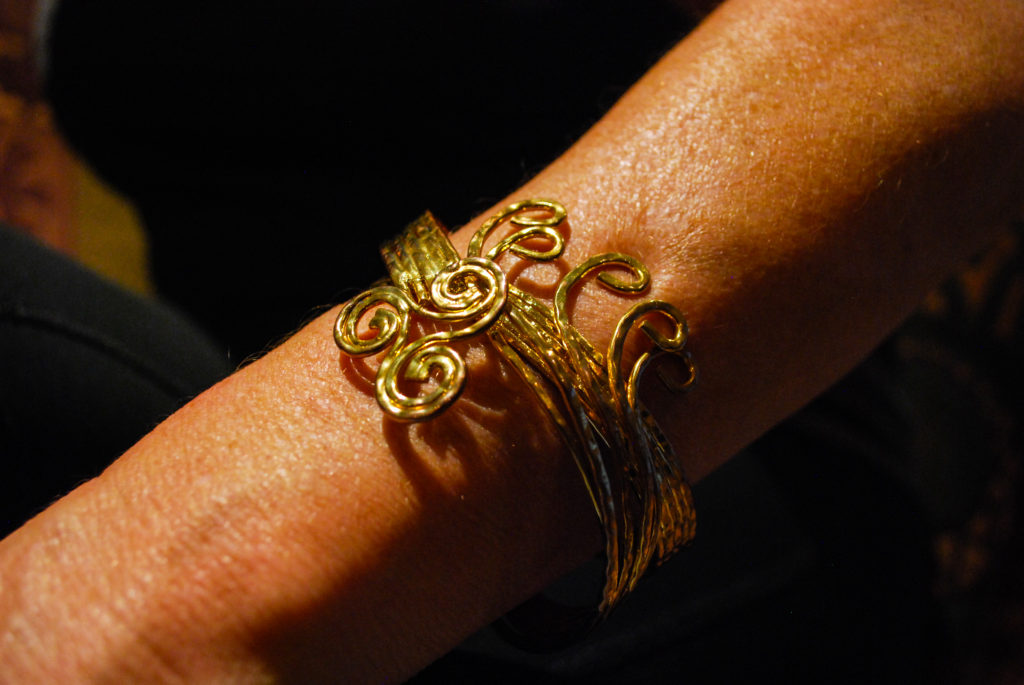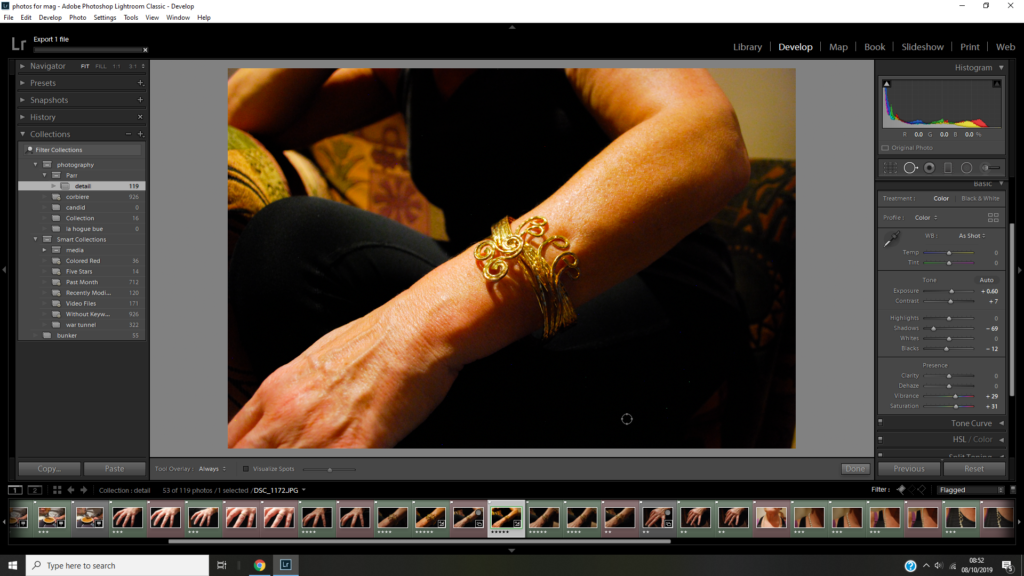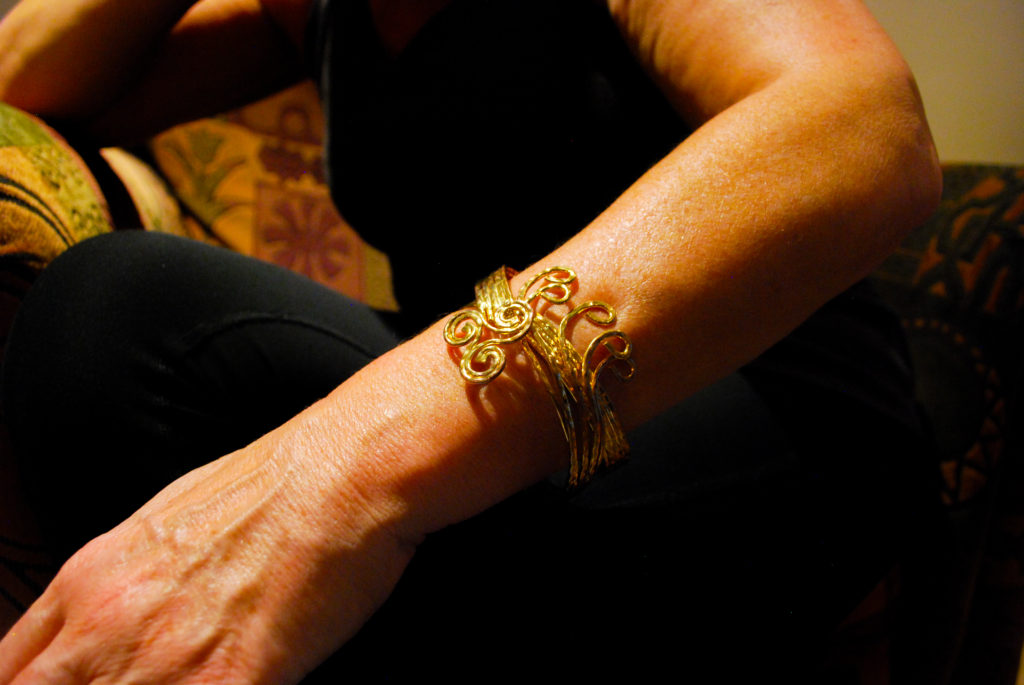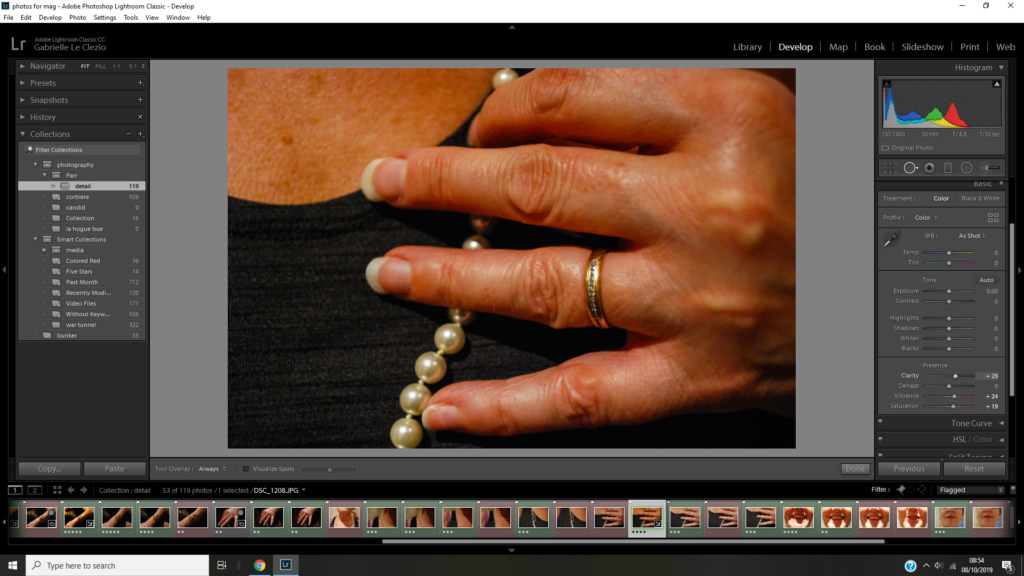
Klaus was born in 1977. He lives and works in Vienna, Austria. His project titled “one third” is a prime example of still life images in the modern world.
“According to a UN study one third of the world’s food goes to waste – the largest part thereof in the industrialized nations of the global north. Equally, 925 million people around the world are threatened by starvation.”
“According to a UN study one third of the world’s food goes to waste – the largest part thereof in the industrialized nations of the global north. Equally, 925 million people around the world are threatened by starvation.”
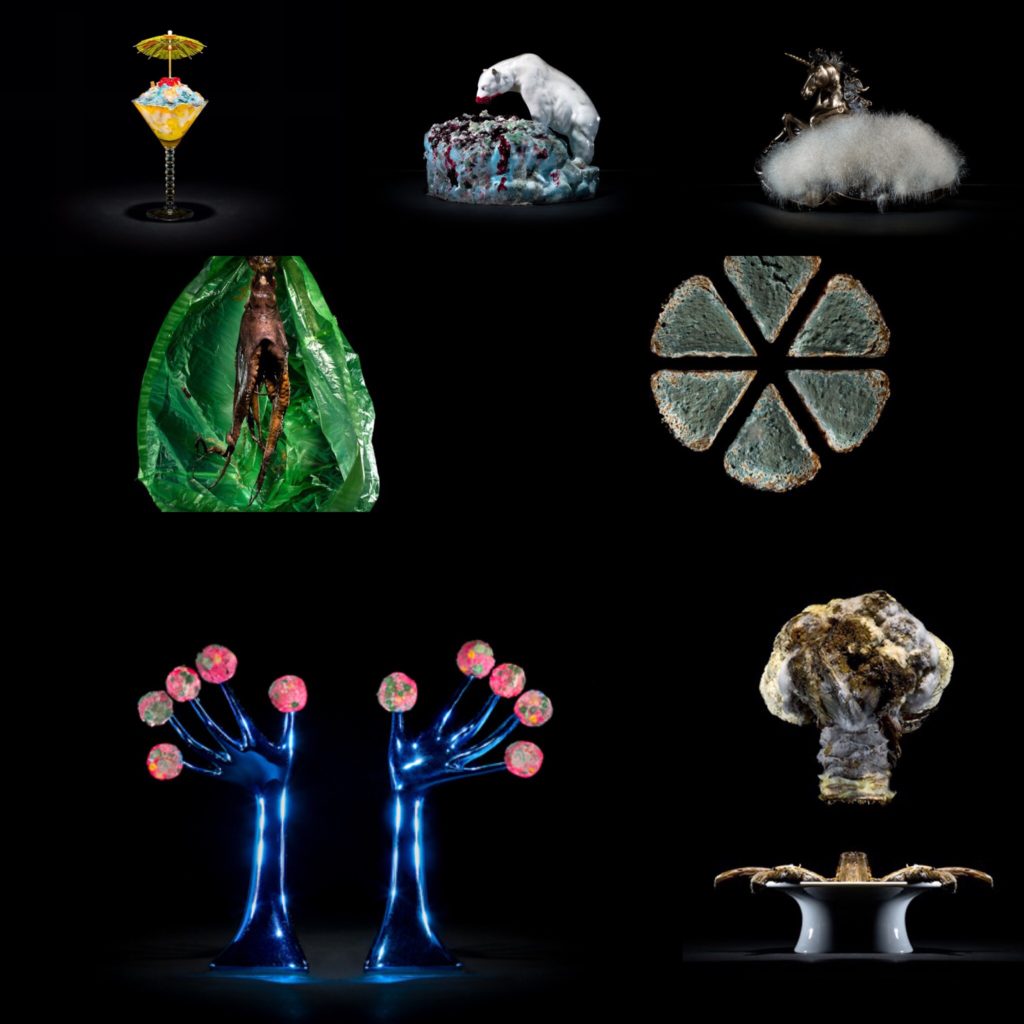
“One third” is a photography series that draws attention to food waste. All the images in this series are of food items that have gone by their sell date. This project was completed over a period of nine months, in his own apartment, keeping different types of food in plastic containers in his bathroom.
In 2011, there was a survey on food waste completed by the UN. The report found that one third of all food produced for human consumption went to waste due to variables such as consumer decisions, which is shocking considering that more than 9 million people are starving.
All the images in the series were positioned and made to look very elegant, using backdrops and different types of dishes and plates, to mirror how food is portrayed in the media in an almost appealing way.
“From the beginning, it was obvious for me that I wanted to quote the aesthetics of advertising photography, because I thought there is a little bit of a twist if I really style the food and make it look perfect. On first sight you react with ‘ok that looks nice,’ and then you realize what you are looking at.” -Pichler on “one third”
Each food product that he pictures also contains a detailed history, that he researched himself, of where it was grown/produced and how far it traveled to reach the supermarket shelf, which you can see under the image below:
“Pichler gathered all of this data himself, which was as challenging as making the photographs. Since European law says that while the origins of food must be kept on record, retailers and producers are not obligated to share the information with consumers, Pichler met a wall of silence when announcing his intentions. “ -Source
The UN were very interested in the creative narrative that Pichler was creating and showcase his photo series at their annual meeting and at food waste events.

Carrots
Sort: Baby- carrots / Place of production: Tuvaila, Arumeru, Tanzania / Cultivation method: Outdoor plantation / Time of harvest: All- season / Transporting distance: 6.068 km / Means of transportation: Aircraft, truck / Carbon footprint (total) per kg: 6,59 kg / Water requirement (total) per kg: 24,0 l / Price: 39,95 € / kg
Technical: This image appears to be taken in a £studio setting” as we can clearly see a black backdrop. This image also appears to have been taken using a professional lighting set up.
Context: This picture is part of the “one third” photo series captured by Klaus Pichler.
Visual: In this image we can clearly see rotting carrots placed strategically on a white plate. The white plate stands out brightly amongst the black background helping to create an eye catching contrast. The placement of the carrots are also visually appealing, which is odd considering the food being photographed isn’t presented in a traditionally appealing way. The reason why it looks interesting is because it was placed in a specific order in which we can see the next carrot in a more decomposed form when compared to the one previous.
Conceptual: This image is one of many from the series that was taken in order to try and show consumers how much food goes to waste due to our un-environmentally friendly shopping habits.

